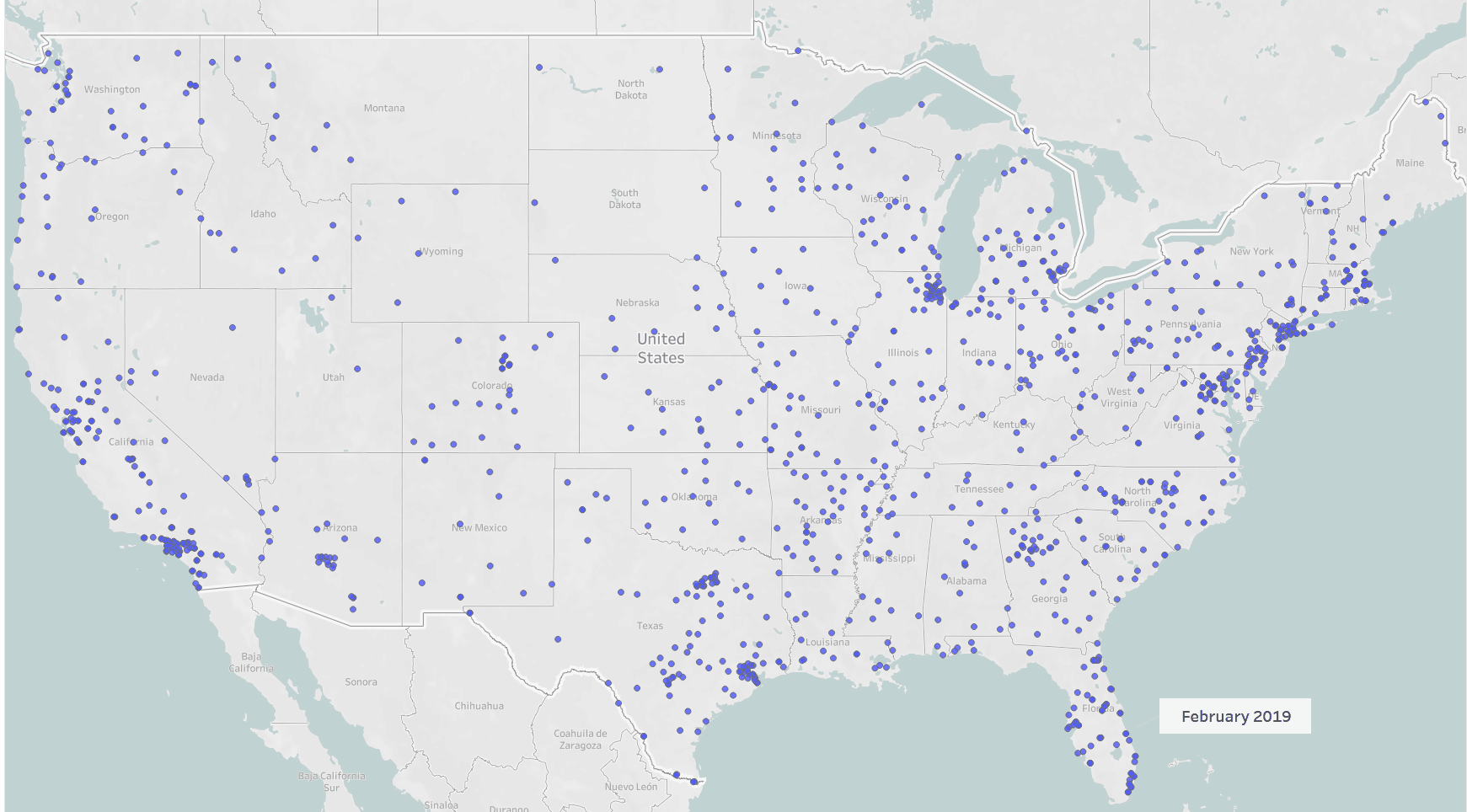How to Handle the Surprise Tariff Changes.
Part of design & production process is reliant upon duties. We typically have been able to know that a duty/tarrif is at a stabilized cost. This allows the companies to plan for pricing and longterm product developments and innovation. So, what happens when duties are always being changed from quarter to quarter? What aspects do companies pay more for?
1. Companies will begin to taper back on inventory selection.
Companies will begin to look at items that have a higher duty and make less of the product or cut the item from its offerings. They do this to put money into items that meet the "price-to value" relationship. Companies may also still produce the item, and may make much more all at once, then keep inventory until the product sells down. This method allows a cheaper rate on each item, then tax is displaced. Replenishment is slower, but provides the customers with wanted products. This can also increase fashion waste. Companies would be likely to use this for basic staples like jeans, t-shirts, socks, and etc.
2. Cut back on staff or brick & mortar locations.
When a company sees that costs are rising and pay rates for their markets are not doing the same they budget. Companies may begin to restructure, offer less hours, review poor preforming employees, review the properties and stores that are in sub-par performance. Once the company has looked at all their costs, they begin to cut away the non-essential aspects. For example to run a store they need people, supplies, maintenance, utilities, and leasing. When they remove a location on expiring leases, they save this overhead. A company can't control the tax increases on all supplies and products, but they can control how many employees they have, pay rates, and bonus structures.

3. Plan for changes
If you have ever worked for someone who constantly changes their mind, you always plan ahead. We need to have the same approach with various aspects of the supply chain. Here is a list of areas I consider will have both cost efficiency changes, and process changes.
Labels with prices.
If you can have the tags made with just the barcode and a space for a sticker. When product arrives, place the new price onto the product page. This allows the product to go out at the right price, rather than having to cut or remove the perforated price section. It keeps the process of retagging much more efficient on the receiving end.
Delays in customs or in reticketing/reprice goods
Customers on wholesale orders anticipate a delivery window for goods. Often times a small refund is made for late delivery. Sometimes the entire order can be canceled if its more than 2 weeks late. Everyday products are held up in customs cost companies more money. Not just your company, but any company that is selling your products. So, I have had customers do sales with broader windows of delivery due to customs issues, or the time it takes to ensure the product has the right pricing before its shipped to the wholesale customer. Plan at least 2-3 weeks out from the date you are supposed to receive the items.

Financing
Fiscal analysis of impact must be done for each product. Wether you need to create new sales estimates, or create a new event calendar to meet sales needs, sales must be maculated for profit projections. This is another aspect that costs companies time and money each time a duty changes.
Sourcing Strategies & Design Strategies.
The region that a product is made has many considerations. Taking the time to find new suppliers is a time consuming process. If you have to completely move to another country for development, including our own, has many hurdles to clear. For example many people would like to make in USA, but factories maybe ill equipped with machinery to handle the product details. Other countries may have hurdles with communication, ethical work practices, and ecological approaches. Making sure the supply chains are supported with various focus points is extremely time consuming, costing companies more to find new suppliers.
Design may change as well. Lets say you have a HTC code for I may use a button that typically has 6% tax by gross. With 10% increase I now pay additional 16%. If all the parts that are required to build my garment go from 10% to 20%-55% my overall end price can double very easily. However if I make the entire item in a country that trades free with another country, my goods still remain low, but my end price is one duty for the finished garment. In the end, these increases have an impact on how goods are conceptualized and created.
As you can see the trade policies and agreements that the country has can disrupt whole eco systems very quickly. You can be a very tightly run company, but still face some big waves with these changes. This will cost the consumer, but also the company. It effects customer service, design, finance, real-estate, and more. This all requires quick pivots, wether you are big or small. Oftentimes the impact is too great for a new small start-up.
Top learn more about duty, please visit the following links.
